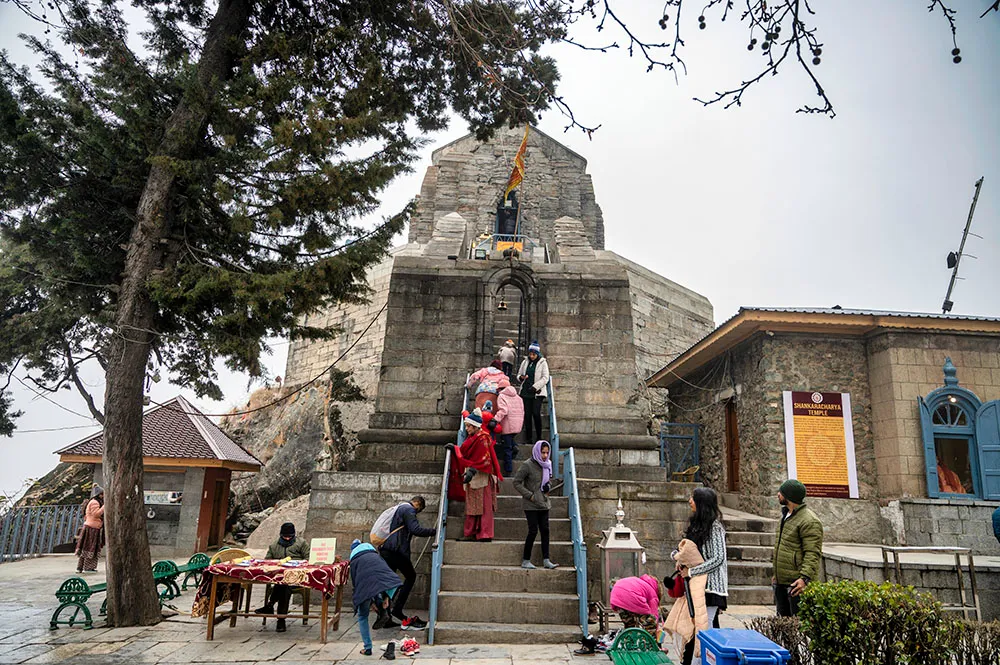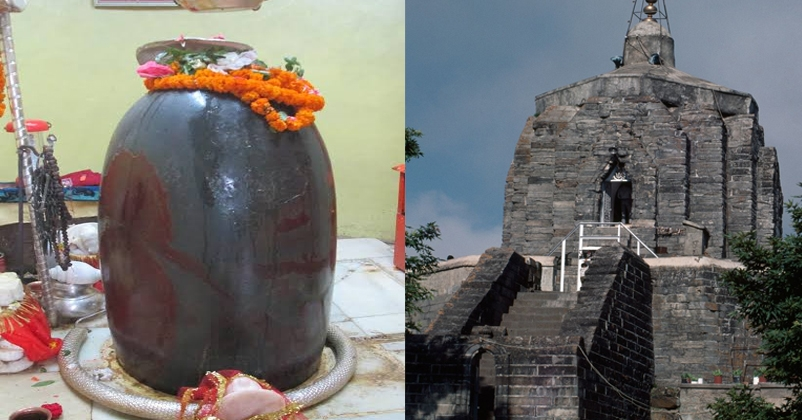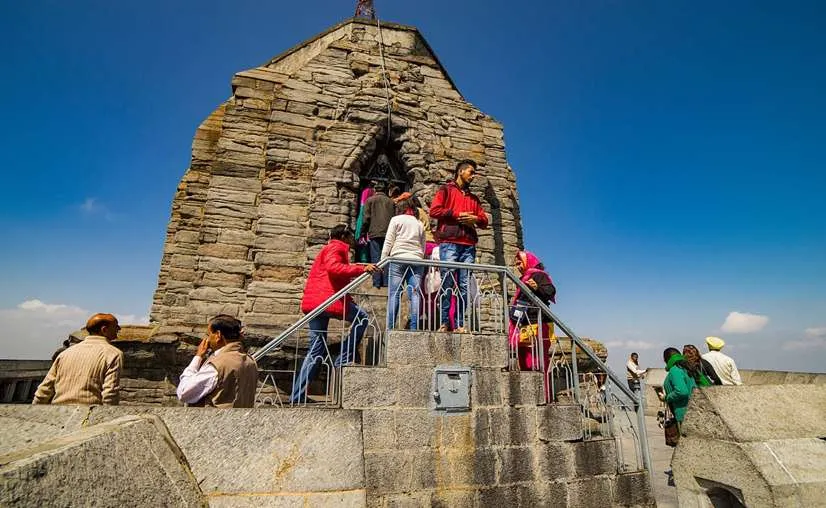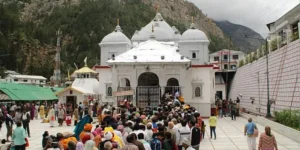The Gopadri hill (1000 feet in height) in Srinagar is home to the Shankaracharya Temple Srinagar, also known as the Jyoteshwar Temple. One can experience the scenic beauty of the city from the temple. Pas-Bahar is another name for this temple given by the followers of Buddhism.
Lord Shiva is the main deity of this temple, represented in the form of Shivalinga in the sanctum sanctorum (prayer hall). The temple is an important pilgrimage place for the Kashmiri Hindus of the region, and historically, it is considered the oldest temple in Kashmir.
History
Though the exact date of construction of this temple is not known, people believe that Jaluka, the son of the Mauryan Emperor Ashoka, built it in 200 BC.
Sultan Sikandar, the ruler of Kashmir, destroyed the Shiva Lingam of the temple and several other idols of Gods. Later, different rulers at different times restored the temple because of the natural disasters and several attacks.
According to popular belief, several kings have repaired this temple over a period. The temple was rebuilt and renovated by King Godapatta in the first century AD, and he dedicated this temple to Jyeteshwara.
King Gopaditya (426-365 BC) and King Lalitaditya (697-734 AD) carried out later renovations. Gulab Singh of the Dogra dynasty renovated the Durga Naag shrine on its premises. The King of Mysore installed electric fittings in the temple in the modern period. In 1961, the Shankaracharya of Dwarkapeeth installed the statue of Adi Shankaracharya.
The current structure of the temple traces its origin to the 9th century AD during the reign of Sikhs. It was when the Shivalinga was placed in the temple. The Sikh rulers revived the fortunes of this temple with regular prayers and festival celebrations.
The temple is also called Bagh-i-Sulaiman by the Jews and the Persian community. Evidence indicates that this temple belongs to ancient times as scholars have found various Persian scriptures here.
People say that this temple had connections to the Jhelum river on its right bank and the top of the hill via stairs made of stone, but it was later destroyed by the Mughal emperor Jahangir.

Must Read: Gujarati Culture, Dress and Food
Importance of the Shankaracharya Temple
A lot of stories and history are associated with the Shankaracharya Temple.
Devotees believe that Jesus Christ had visited this temple during his time. The temple stairs leading to the inner shrine mention this story. Historical references also mention this incident of Jesus Christ visiting this temple and Kashmir.
According to some beliefs, this temple was a Buddhist worship place. The temple also bears some Persian engravings, making it more popular.
The Shankaracharya Temple’s location is in the Himalayas near Mount Kailash. Devotees believe the bhakti of Lord Shiva spread from this region. Hence, this temple is an important site of Shaivism.
Many pilgrims visit the Shankaracharya Temple during their visit to the holy Amarnath Yatra. The temple has around 243 steps that allow the pilgrims to visit the shrine and offer their prayers in the temple.
In this region, the great saint Adi Shankaracharya composed his well-known spiritual text ‘Saundarya Lahiri’.
The devotees celebrate Shivratri with great joy in this temple by offering milk, fruits, and flowers to Lord Shiva. Celebrating the festival of Shravan Poornima is the main custom of this temple.
TEMPLE SHIVLINGA

Architecture
The Shankaracharya Temple reflects the original, popular Kashmiri style of architecture.
The Shankaracharya Temple is square in shape with a 20 feet tall octagonal rock base. The temple has a shikhara style architecture seen in the design of the building, and the horseshoe arch system reflects that style.
Octagonal columns support the hall’s ceiling, where the Shiva Linga is present. The width of the walls is about eight feet. The temple also has a basement which provides support to the building of the temple.
There are 36 stairs which lead to the sanctum sanctorum of the temple. These stairs, made according to Hindu philosophy, represent the 36 elements that make up the cosmos.
Also Read: lotus temple timings




